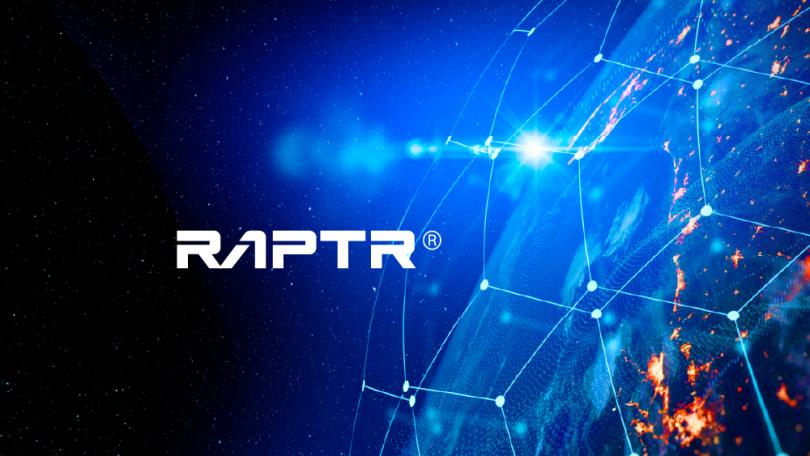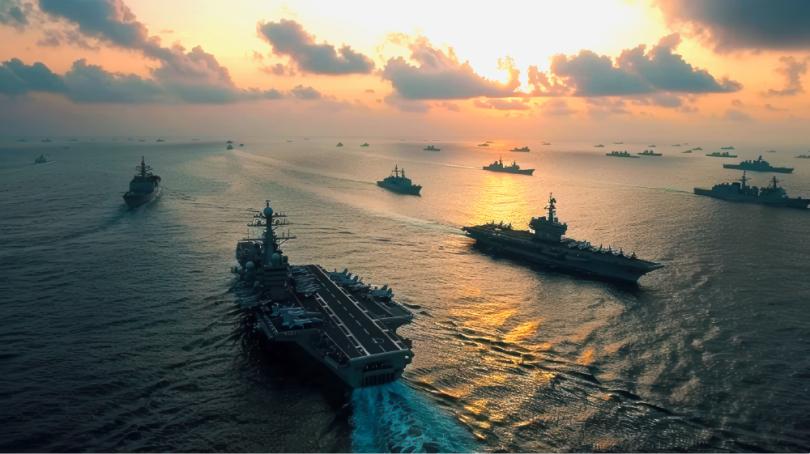

Golden Dome & Beyond: The Future of Missile Defense
Dr. Mark A. Eddings Space, Defense TechnologyThe ongoing conflicts between Ukraine and Russia and Israel and Iran have demonstrated that the future of warfare will demand advanced missile defense systems. The growing inevitability—and potential impacts—of orbitally enabled attacks both in primary conflicts and resource wars underscores the need for national defense and security infrastructure in space.
The Need for Space Defense
Approximately a decade ago, orbital warfare shifted from theoretical discussions to a pressing reality. Space, once considered a relatively neutral sanctuary, now mirrors the conflicts and shipping lanes we strive to protect on Earth. This shift has ushered in an era where securing the high ground in space is critical to maintaining strategic advantage.
“…Securing the high ground in space is critical to maintaining strategic advantage.”
As other nations gain the capability to launch assets into space, adversaries develop weapons that threaten the capabilities the United States has come to rely on, such as missile warning, GPS, or weather satellites. The modern space battleground is becoming a complex cat-and-mouse game where satellites can engage each other, missiles can target other satellites, and signals can be jammed.
This evolving threat landscape led to the establishment of the U.S. Space Force, which is tasked with protecting our strategic military assets in orbit and preserving the nation’s defense advantage. Since then, the stakes and scope have escalated, raising crucial questions about defense strategies, implementation, cost, resiliency, and mission performance.
Golden Dome: Launching an Effective Strategy
Golden Dome is a multi-layered, next-generation missile defense system designed to detect, track, and intercept advanced aerial threats. From ballistic and cruise missiles to hypersonic weapons and unmanned systems, Golden Dome aims to protect the homeland against a wide array of threats.
The conflicts in Ukraine and Israel reveal important insights. Both highlight how launch warnings help sustain some semblance of normalcy amidst conflict, reinforcing early-warning systems as a critical component of a modern and effective defense strategy. Such systems necessitate maintaining tracking systems throughout missile flights and ensuring readiness against diverse threats and, ideally, optimizing and thus reducing the amount of resources needed to eliminate them.
Both conflicts also illustrate that modern warfare is often prolonged, requiring robust supply chains and logistics to sustain offensive and defensive capabilities. Considering this in the context of space-based interceptors, the sustainability of resupply and launch sustainment becomes a vital aspect.
So, to sustain Golden Dome over decades will require agility and adaptability to match the evolving complexity of threats. A key challenge, then, is allocating budget to deploy resources for protection today while investing in research and development to enhance defense capabilities for the threats of tomorrow.
One of the primary areas for innovation—and savings—is reducing the number of missiles needed to intercept a single target. Golden Dome presents an opportunity to develop new types of weapons. Weapons that don’t require kinetic engagement, but leverage directed energy solutions that can engage dozens of targets. Investment in the people, computing, and infrastructure that enables the discovery of novel materials, enhanced energy storage, and quantum technologies will ensure Golden Dome targeting systems are both effective and efficient, while also contributing valuable technologies that transition to commercial solutions.
In the near term, implementing Golden Dome will involve producing and deploying hundreds of thousands of ground and space-based interceptors, necessitating a sustainable logistics framework and operational availability commensurate with the vital mission of protecting American lives. Planners must balance existing defensive assets with the need to procure and deploy additional space and ground-based interceptors to achieve comprehensive protection.
Surviving the first wave of attacks is one thing, but maintaining capabilities to continue fighting requires meticulous planning, where a resilient supply chain is the key to readiness.
“Surviving the first wave of attacks is one thing, but maintaining capabilities to continue fighting requires meticulous planning, where a resilient supply chain is the key to readiness.”
Protecting Against Current & Future Threats
To successfully launch and leverage operations in space, we need to assess threats and understand the interconnected dynamics of space, air, cyber, and ground domains. This includes modeling threats from jamming, lasers, anti-satellite missiles, and nuclear bursts to ensure the system's robustness in space.
LMI’s RAPTR® plays a pivotal role by supporting a variety of mission-critical activities, from optimizing satellite maneuvers and analyzing multi-domain interactions to aiding operational planning and strategic assessments, enabling Space Force to quickly anticipate and respond to emerging challenges.
Whether as the next frontier in “traditional” conflicts, such as in Ukraine and Israel, or as an outgrowth of commercial space, orbital warfare is inevitable. Golden Dome helps us focus on maintaining our defense capabilities that are critical to preserving national security and safeguarding our assets both on Earth and in space.


Dr. Mark A. Eddings
Sr. Vice President, Space MarketMark Eddings serves as senior vice president of LMI's space market, overseeing all aspects of the market's growth, strategy, execution, and delivery. With extensive expertise in the national security space industry, Mark fosters continued market expansion while bolstering LMI's rapid innovation in support of customer requirements.



